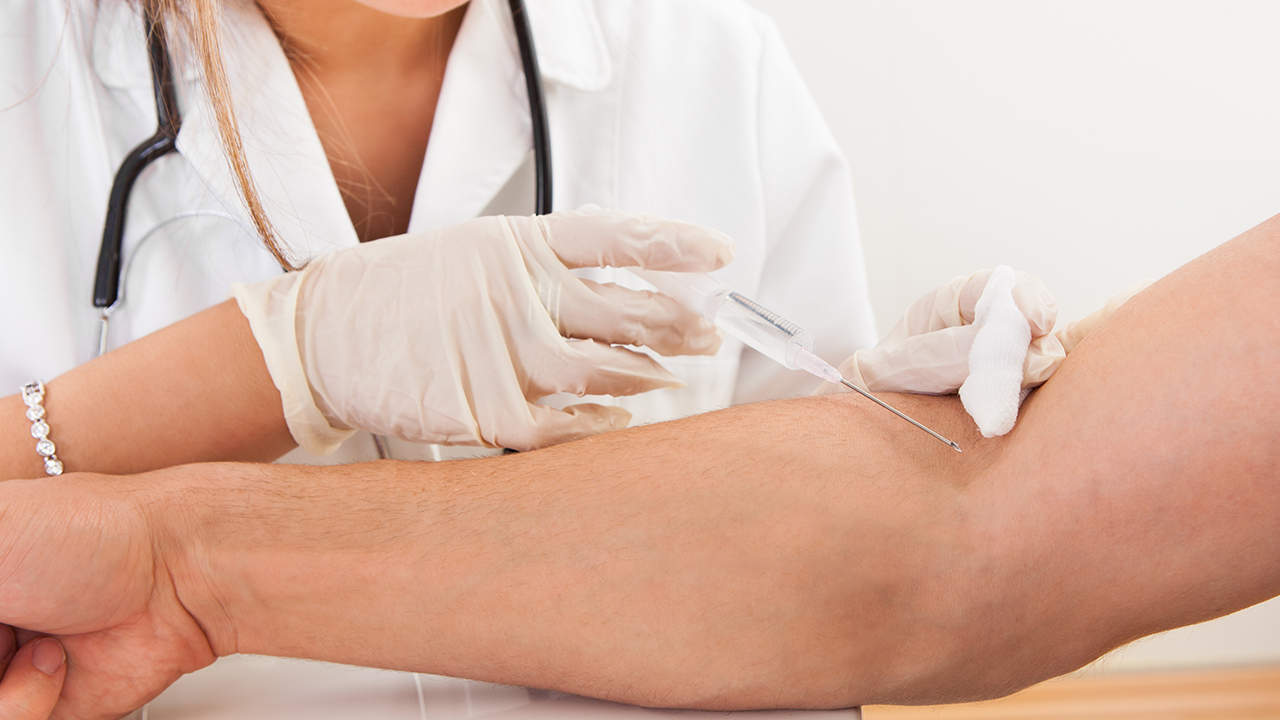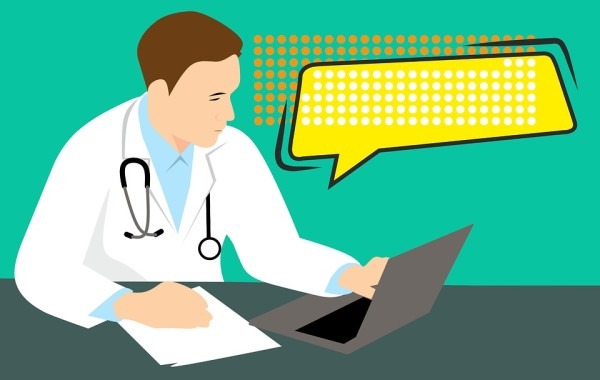Symptoms of Breast Lobular Hyperplasia May Cause Breast Swelling in Patients

Breast lobular hyperplasia (BLH) is a benign breast condition characterized by an overgrowth of the lobules, which are the milk-producing glands in the breast. This overgrowth can cause the breasts to become swollen, tender, and lumpy. BLH is most commonly diagnosed in women between the ages of 30 and 50, but it can occur at any age.
Symptoms of Breast Lobular Hyperplasia
The symptoms of breast lobular hyperplasia can vary from woman to woman. Some women may experience only mild symptoms, while others may have more severe symptoms. The most common symptoms of BLH include:
Breast swelling
Breast tenderness
Breast lumpiness
Nipple discharge
Pain in the breasts or underarms
Breast cysts
Enlargement of the lymph nodes in the armpits
Causes of Breast Lobular Hyperplasia
The exact cause of breast lobular hyperplasia is unknown, but it is thought to be related to hormonal changes. Estrogen and progesterone are two hormones that play a role in the development of breast tissue. When these hormones are out of balance, it can lead to the overgrowth of the lobules.
Risk Factors for Breast Lobular Hyperplasia
There are a number of risk factors that can increase a woman's risk of developing breast lobular hyperplasia. These risk factors include:
Age: BLH is most commonly diagnosed in women between the ages of 30 and 50.
Family history: Women who have a family history of breast cancer or BLH are at an increased risk of developing the condition.
Hormonal factors: Women who have high levels of estrogen or progesterone are at an increased risk of developing BLH.
Obesity: Obese women are at an increased risk of developing BLH.
Alcohol consumption: Women who drink alcohol are at an increased risk of developing BLH.
Diagnosis of Breast Lobular Hyperplasia
Breast lobular hyperplasia is typically diagnosed with a mammogram and a breast ultrasound. A mammogram is an X-ray of the breast that can show the size, shape, and density of the breast tissue. A breast ultrasound is a sound wave imaging test that can show the structure of the breast tissue and identify any abnormalities.
Treatment for Breast Lobular Hyperplasia
There is no cure for breast lobular hyperplasia, but the symptoms can be managed. Treatment options may include:
Hormonal therapy: Hormonal therapy can help to balance the levels of estrogen and progesterone in the body. This can help to reduce the symptoms of BLH.
Surgery: Surgery may be necessary to remove a breast lump or cyst that is causing pain or discomfort.
Lifestyle changes: Lifestyle changes, such as losing weight and reducing alcohol consumption, can help to reduce the symptoms of BLH.
Outlook for Breast Lobular Hyperplasia
The outlook for breast lobular hyperplasia is generally good. The condition is not cancerous and does not increase a woman's risk of developing breast cancer. However, BLH can cause discomfort and pain, so it is important to see a doctor if you have any symptoms of the condition.
The above is all the content that the editor wants to share with you. I sincerely hope that these contents can bring some help to your life and health, and I also wish that your life will be happier and happier.
Topic: #lobular #hyperplasia #breast









